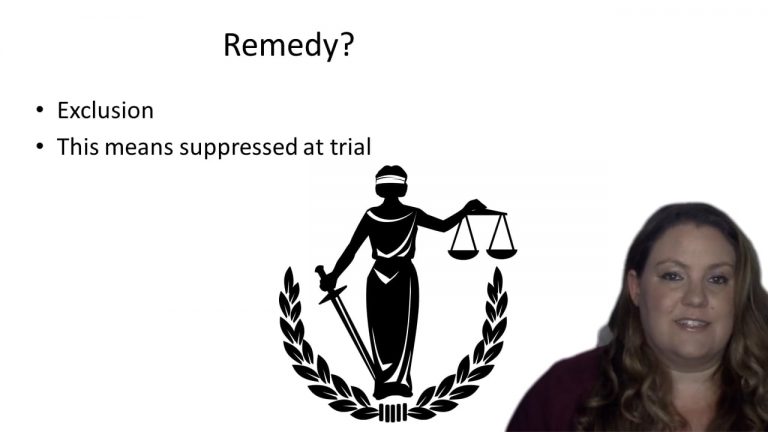SmartBrief
Confirm favorite deletion?
Criminal Procedure Keyed to Dressler
Payton v. New York
Citation:
445 U.S. 573, 100 S.Ct. 1371, 63 L.Ed.2d 639.Facts
Officers had probable cause to believe that the first defendant, Theodore Payton, murdered the manager of a gas station. Officers went to his apartment intending to arrest him. They had not obtained a warrant. They used crowbars to break open the door and enter the apartment.
The second defendant, Obie Riddick, had been identified by robbery victims and the police also did not obtain a warrant for his arrest. They went to his house. When his young son opened the door, they could see Riddick sitting in bed covered by a sheet. They entered the house and placed him under arrest.
Both defendants argued that their arrests were unconstitutional. The trial court held that they were constitutional and authorized by a New York statute permitting police officers to enter a private residence without a warrant and with force, if necessary, to make a routine arrest.
Only StudyBuddy Pro offers the complete Case Brief Anatomy*
Access the most important case brief elements for optimal case understanding.
*Case Brief Anatomy includes: Brief Prologue, Complete Case Brief, Brief Epilogue
- The Brief Prologue provides necessary case brief introductory information and includes:
Topic:
Identifies the topic of law and where this case fits within your course outline.Parties:
Identifies the cast of characters involved in the case.Procedural Posture & History:
Shares the case history with how lower courts have ruled on the matter.Case Key Terms, Acts, Doctrines, etc.:
A case specific Legal Term Dictionary.Case Doctrines, Acts, Statutes, Amendments and Treatises:
Identifies and Defines Legal Authority used in this case.
- The Case Brief is the complete case summarized and authored in the traditional Law School I.R.A.C. format. The Pro case brief includes:
Brief Facts:
A Synopsis of the Facts of the case.Rule of Law:
Identifies the Legal Principle the Court used in deciding the case.Facts:
What are the factual circumstances that gave rise to the civil or criminal case? What is the relationship of the Parties that are involved in the case.Issue(s):
Lists the Questions of Law that are raised by the Facts of the case.Holding:
Shares the Court's answer to the legal questions raised in the issue.Concurring / Dissenting Opinions:
Includes valuable concurring or dissenting opinions and their key points.Reasoning and Analysis:
Identifies the chain of argument(s) which led the judges to rule as they did.
- The Brief Prologue closes the case brief with important forward-looking discussion and includes:
Policy:
Identifies the Policy if any that has been established by the case.Court Direction:
Shares where the Court went from here for this case.
Topic Resources
Topic Outline
Topic Refresher Course
Topic Charts & Notes

 15m 53s
15m 53s